Colors of Savannah Music Festival
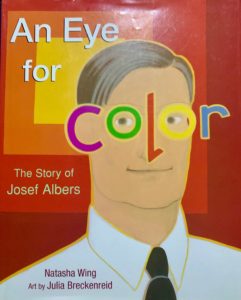 This book about Joseph Albers opened my eyes and amplified the fresh perspectives I had gained from our Quail Ridge Chorus songs. Albers grew up in Germany, watching his father paint doors as if they were artists’ canvases. When he became an art teacher, he experimented with colors and materials. In 1933 he was invited to teach in America. His goal was “to open eyes.”
This book about Joseph Albers opened my eyes and amplified the fresh perspectives I had gained from our Quail Ridge Chorus songs. Albers grew up in Germany, watching his father paint doors as if they were artists’ canvases. When he became an art teacher, he experimented with colors and materials. In 1933 he was invited to teach in America. His goal was “to open eyes.”
During a visit to Mexico Albers’ eyes were opened to the colors of buildings and pottery under the Mexican sun. When he began to paint rectangles in different combinations of colors, interesting effects emerged. In 1949 he chose one shape, the square, and painted squares within squares of different sizes and colors for the next 27 years. His book, Interaction of Color, changed the way the art world looked at color and the way teachers taught art.
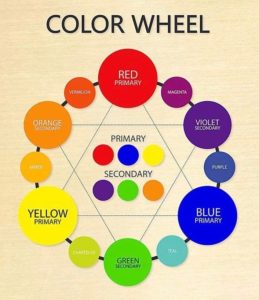 I had bought this book at the Phillips Collection in Washington DC many years ago and rediscovered a copy of it last week in a box of “approved” books available to Literacy Coalition tutors like me at Crosspointe Elementary. When Jewel, 7, read that Albers made collages that shined “like jewels,” she was hooked. When I re-read the Glossary, I was hooked, too. It included a Color Wheel, of course, and terms that I now realize I need to use more precisely. These terms may be “old hat” to you, but their precise definitions were new to me.
I had bought this book at the Phillips Collection in Washington DC many years ago and rediscovered a copy of it last week in a box of “approved” books available to Literacy Coalition tutors like me at Crosspointe Elementary. When Jewel, 7, read that Albers made collages that shined “like jewels,” she was hooked. When I re-read the Glossary, I was hooked, too. It included a Color Wheel, of course, and terms that I now realize I need to use more precisely. These terms may be “old hat” to you, but their precise definitions were new to me.
- Complementary Colors: colors opposite each other on the color wheel, such as red-and-green or blue-and-orange.
- Tertiary Colors: hues made by mixing by mixing a primary color with a secondary color next to it on the color wheel, such as Red-orange or Blue-violet.
- Cool Colors: Blue, green, and violet
- Warm Colors: Red, orange and yellow
- Muted Colors: bright colors that have been dulled, usually with their complementary color.
- Neutral colors: Black, white and gray. To darken a color to make a shade, add black; for example, burgundy is a shade of red. To lighten a color to make a tint, use white; pink is a tint of red.
- Value: lightness or darkness of a color
- Afterimage: the ghost image of the object a person stares at. The afterimage takes on the complementary color of the real object. In a Children’s sermon years ago, I asked everyone to stare at the white cross in front of a dark background for thirty seconds. When they shut their eyes, they could see a vivd cross in their mind’s eye. Some saw it a reminder of Jesus’s sacrifice.
Steve and I brought this book along when traveled to Beaufort SC last week to join friends for the last four days of the 2023 Savannah Music Festival. We first attended the Festival in 2014 and have returned several times, thanks to the hospitality of our friends Allene and Jim Cooley in Beaufort, about an hour north. Colors in Beaufort seemed especially vibrant to me this year.
In Savannah”s historic district, where all the SMF events took place, 24 large public squares feature stately trees and lush greenery. How Albers would have appreciated these squares and their wonderful colors. Savannah College of Art and Design (SCAD) is an important presence in the city; art students throng the streets. Bright red paint was splashed on the front window of the huge Blick’s Art Materials store. Historic houses were generally cool colors; some strong, others muted.
Hearing the Emerson String Quartet was a must for me since this year’s tour is their last. For fun, I imagined that I had synesthesia and could see colors in their music. The quartets they played by Haydn, Mozart and Beethoven were written when those composers were at the height of their powers; each movement brimmed with inventive colors. I decided to choose an appropriate color for each melody and listened as it gradually increased in value, then faded toward the end of the phrase. Mozart’s melodies were highly textured with trills and turns, so I imagined intricate patterns on silks or satins. Beethoven’s melodies made me imagine leathers, tweeds and knits. I observed various subtle colors in the facial expressions of the cellist, Paul Watkins, as he interacted with his fellow musicians.
Strong rhythmic chords in the Haydn and Beethoven pieces made me think of strong rectangles set off by rests (in music) or blank canvas (in art). I tried to keep the instinctive beat patterns my hands felt in my lap, but the rhythms were infectious and I wasn’t the only one tapping my toes. With its four players, the quartet made me think of Albers’ fascination with squares. I began to hear how one musical theme was influenced by the phrase that preceded it and how it, in turn, affected the following phrase. Often a phrase introduced by the viola was echoed by the cello and then the violins. Another aspect was how harmonic underpinnings colored the melodies. Or on a larger scale, how the colors of a Andante second movement contrasted with the Allegro moderato first movement or the Allegretto third movement. Imagining colors and textures in music kept me totally involved and took my enjoyment of these lovely pieces to a new level.
Savannah’s three Telfair Museums provided more sources of color. On Thursday, while the guys played golf, Allene, Maxann and I had a guided tour of the Owens-Thomas House and Slave Quarters. My photos are in this album. On Friday, I had just thirty minutes to take photos for these albums at Telfair Academy and Jepson Center. In December 2019 I had spent hours learning about Frederick Douglass at the SCAD Museum. Sounds like I need to return and concentrate on Savannah’s fine museums!
Saturday’s folk and jazz offerings offered a whole new palette of colors. The Irish traditional band Téada immediately brought to mind the colors of the historic Savannah houses I had photographed. The band with it’s terrific female dancer filled the space with energetic colors. I bought their CD. Here’s a sample:
More gorgeous colors arrived from Havana Cuba. Harold López-Nussa is a fabulous pianist! Here is a video of his band at another great festival.
The most vivid colors of all came from Etienne Charles and his Traces Quartet. Note Charles’s blue turtleneck and his bright green shoes and the orange hat of the man who played the cuarto, a Peruvian ukulele-like instrument that made beautiful, mellow music and was completely new to me. Charles is a professor at the Frost School of Music at the University of Miami, so I will have more chances to hear him and his exciting band when I return to South Florida. Colors made this year’s Festival a special experience.
On April 17 I visited the East Building of the National Gallery of Art with Carol Starr and found further evidence of Joseph Albers’ influence on contemporary art:
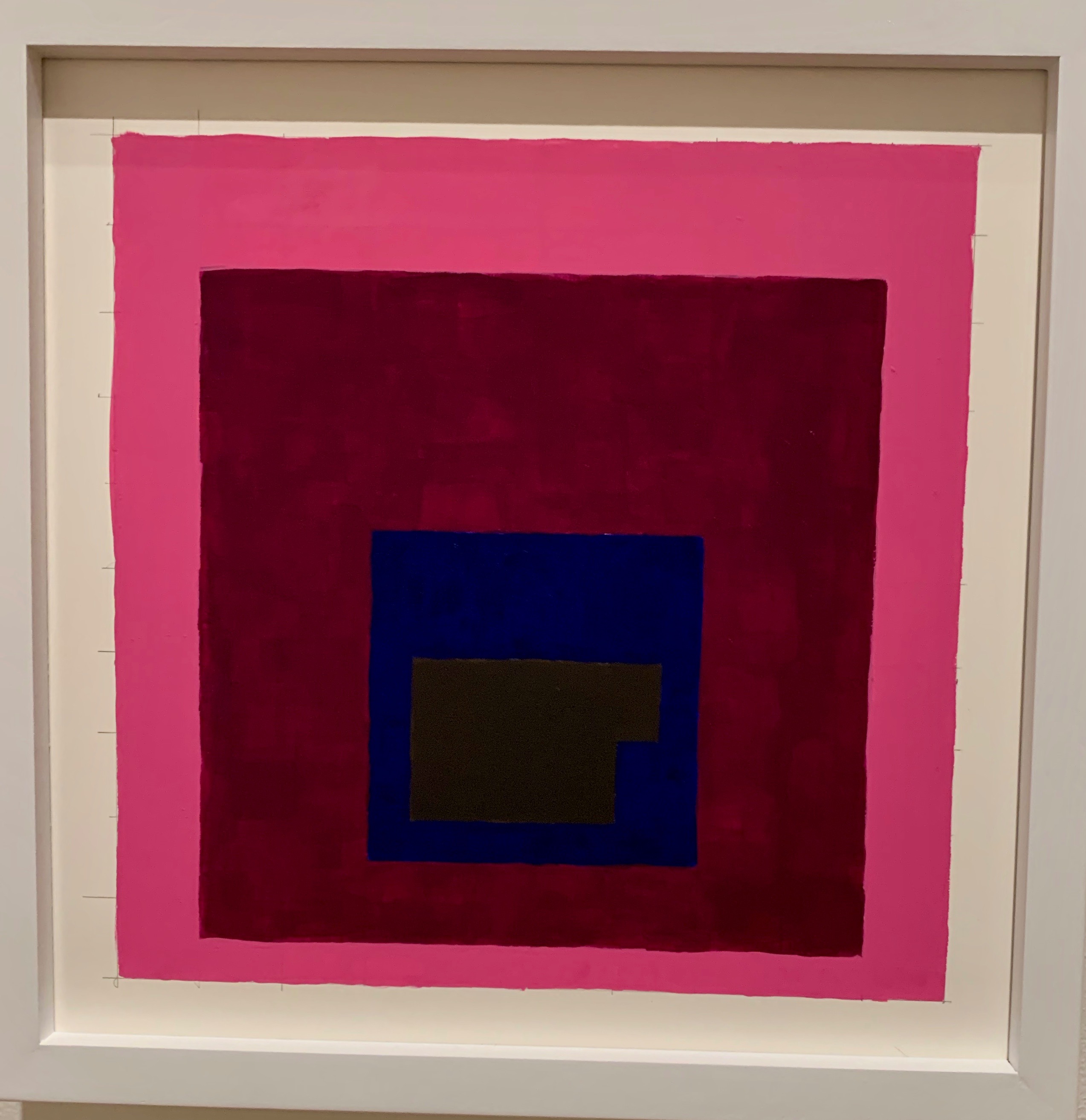
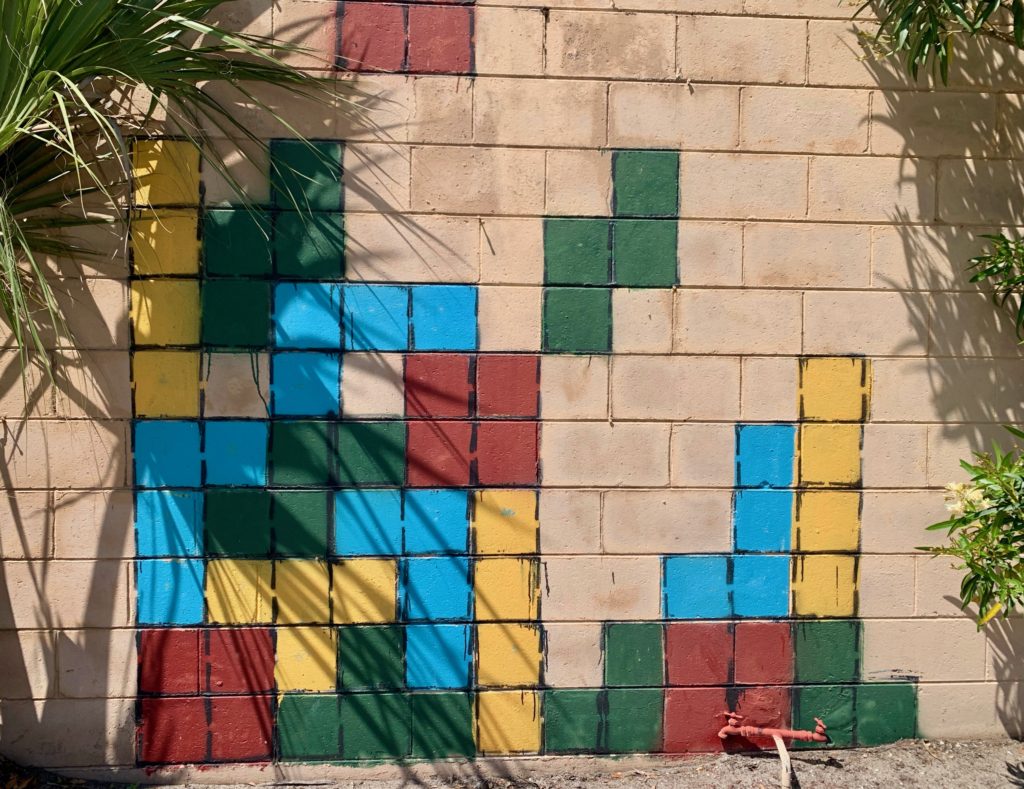

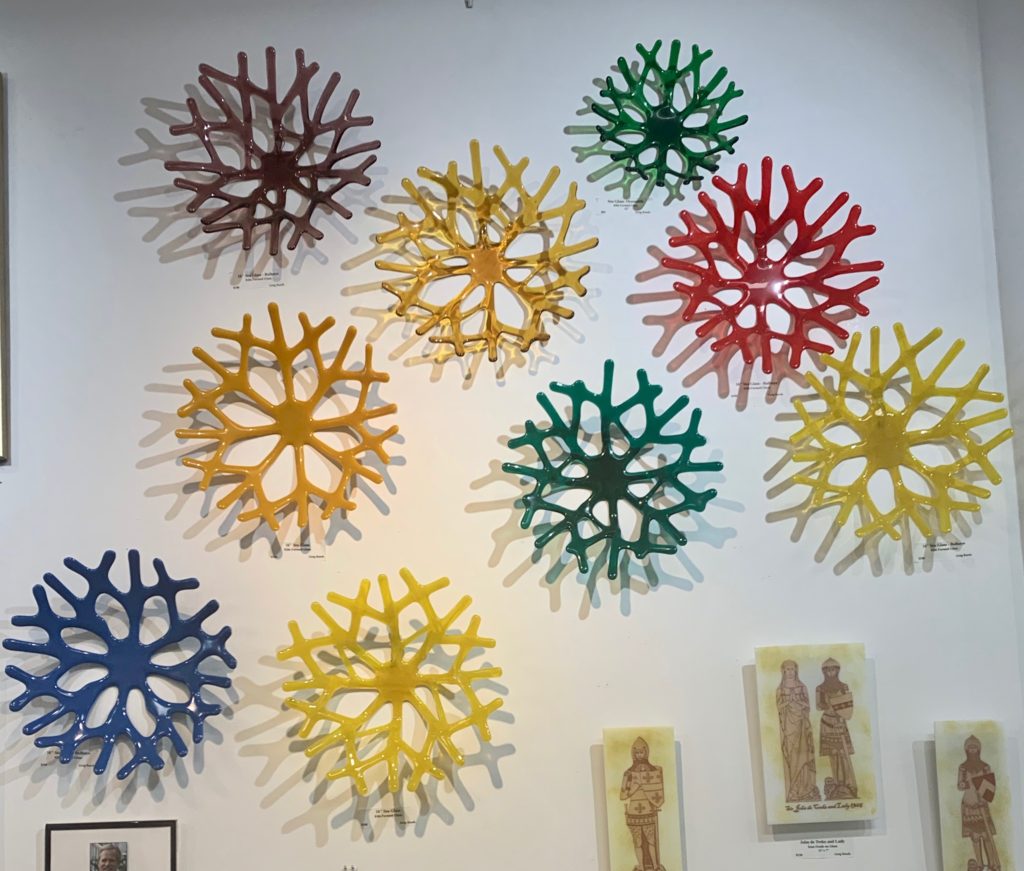
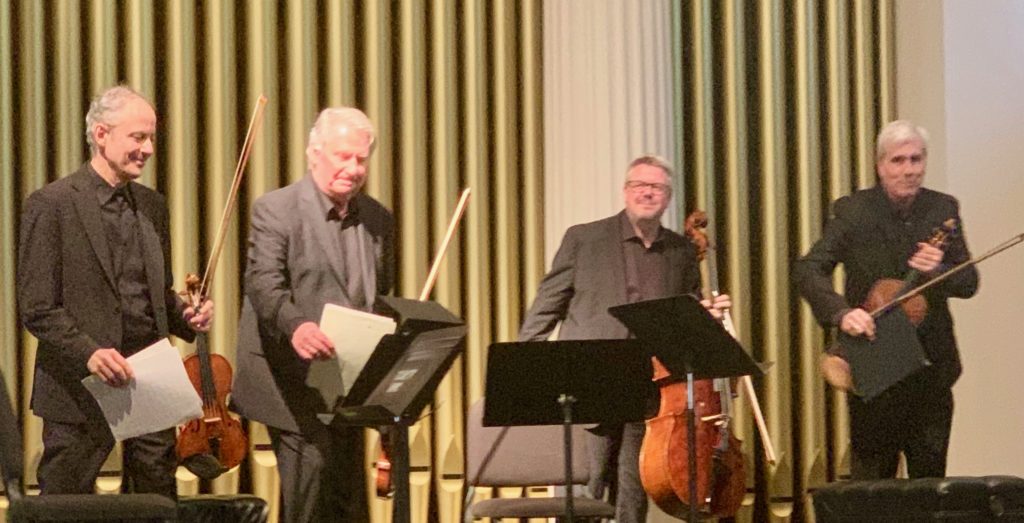
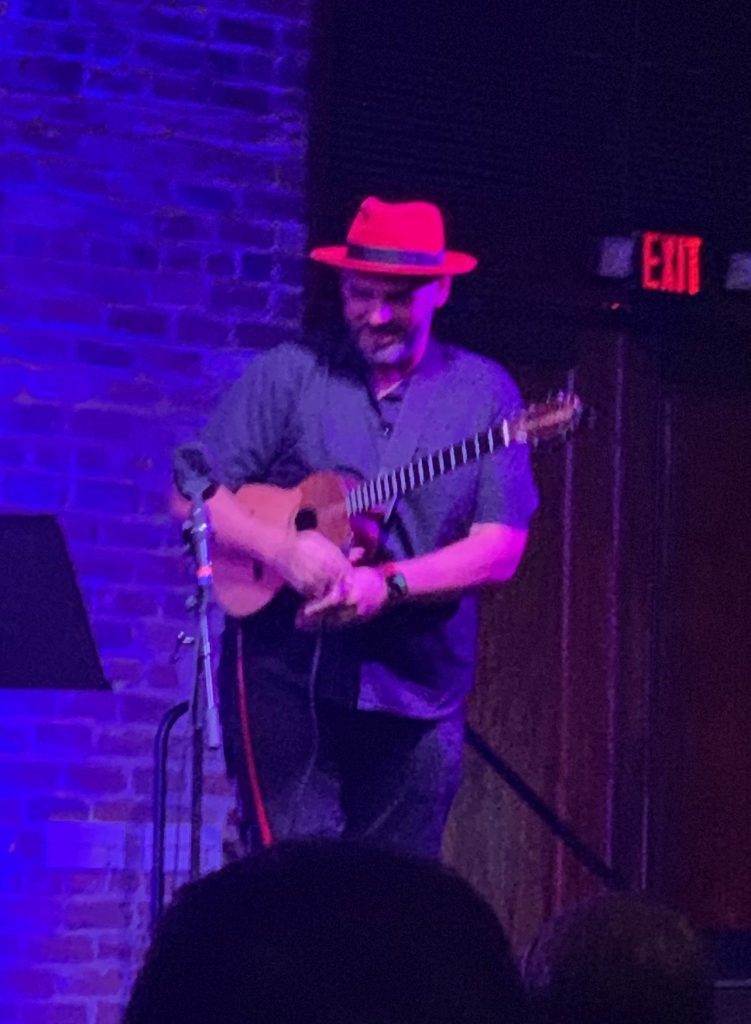
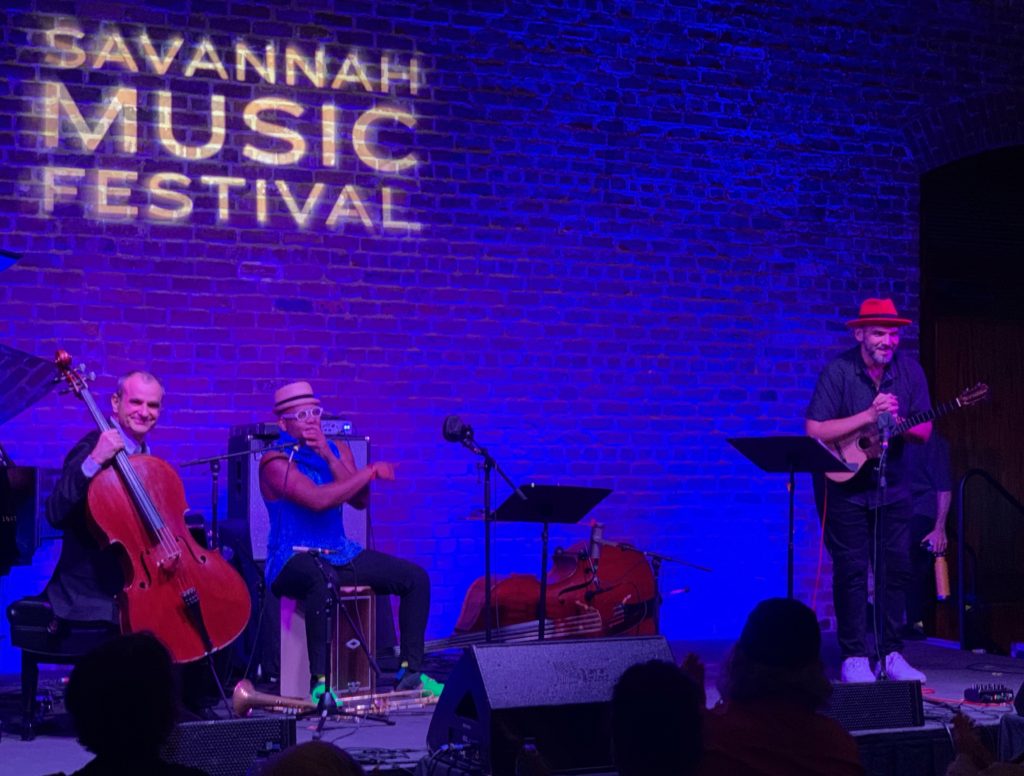
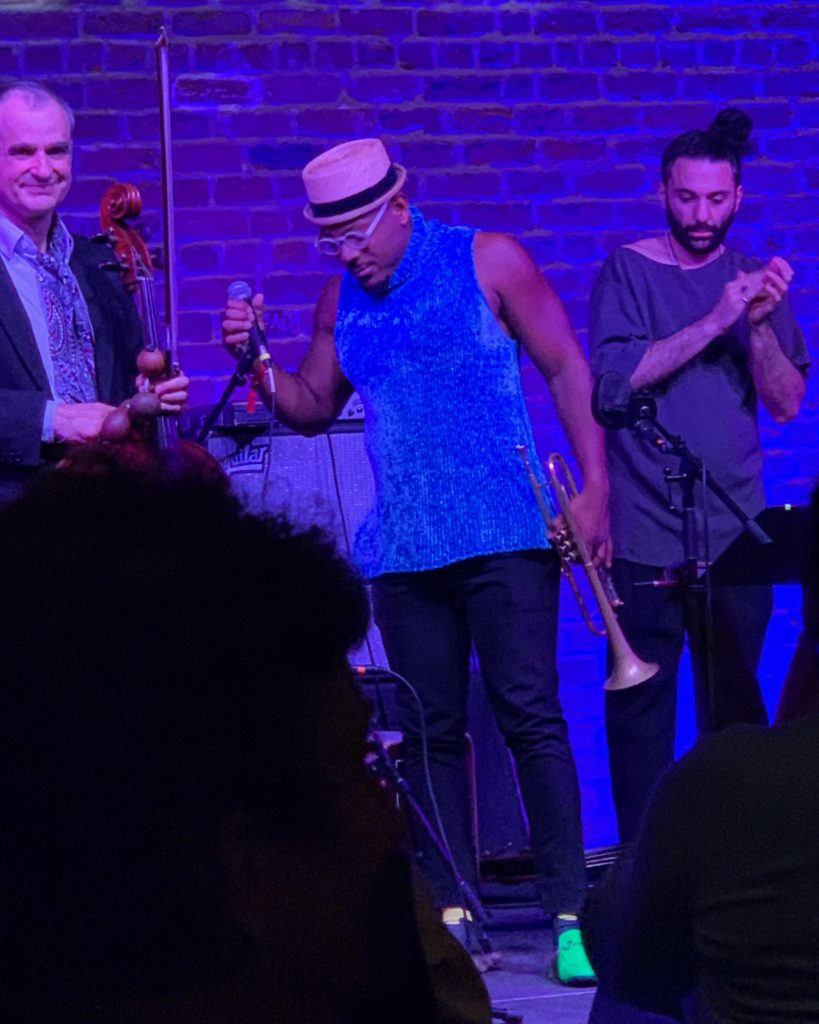
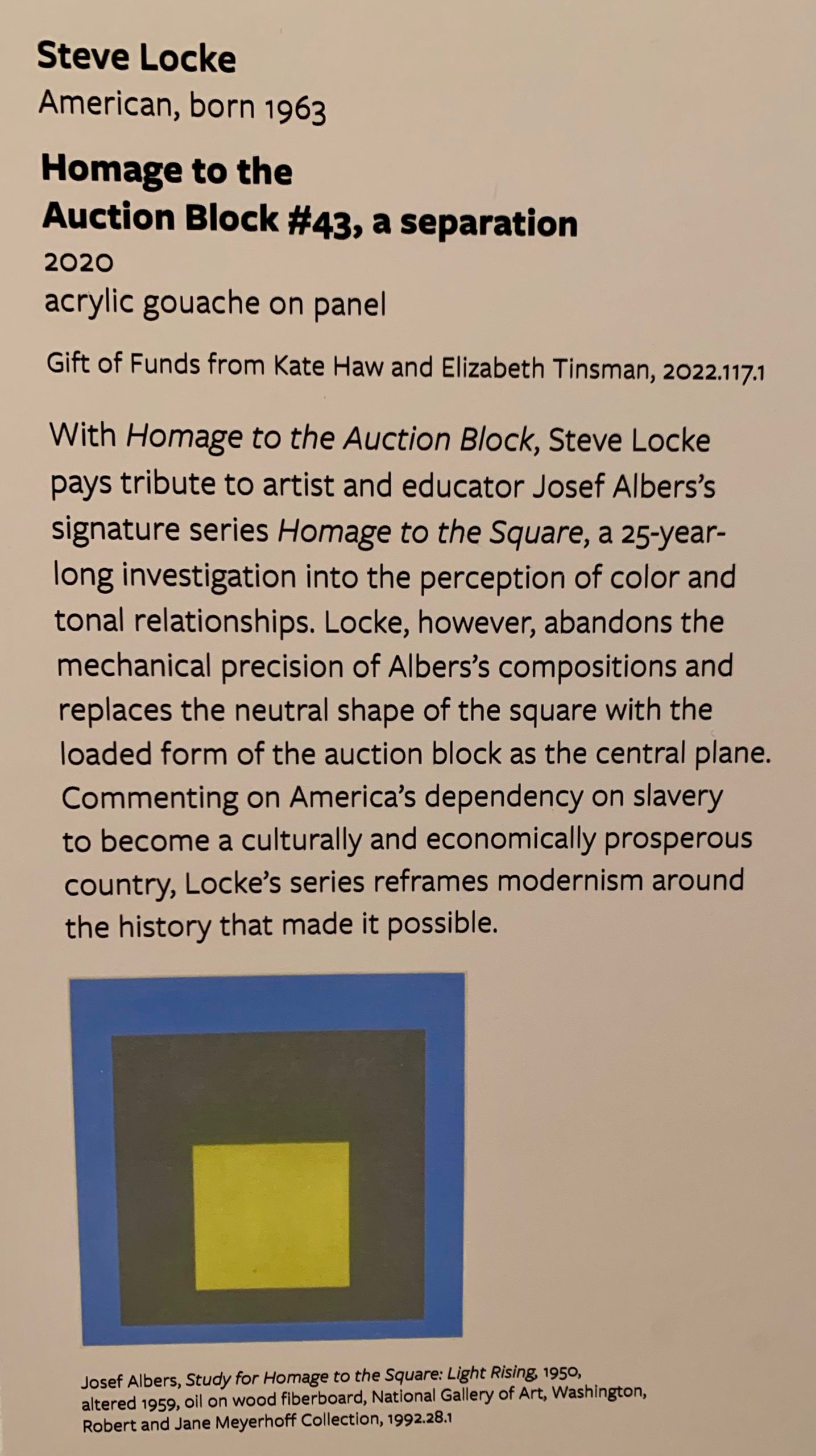
Leave a Reply